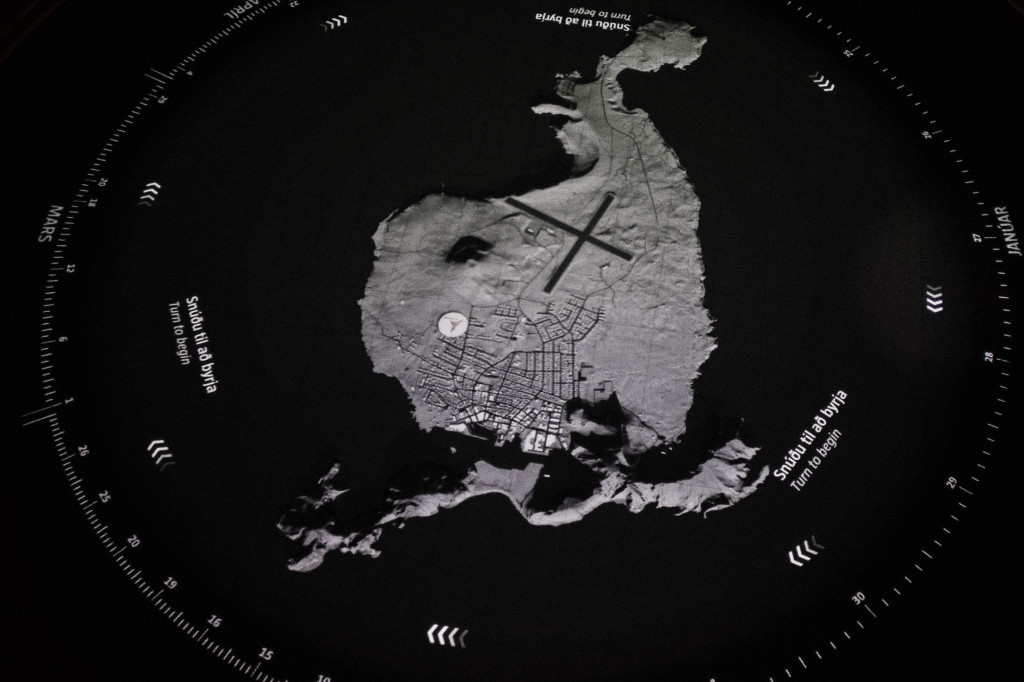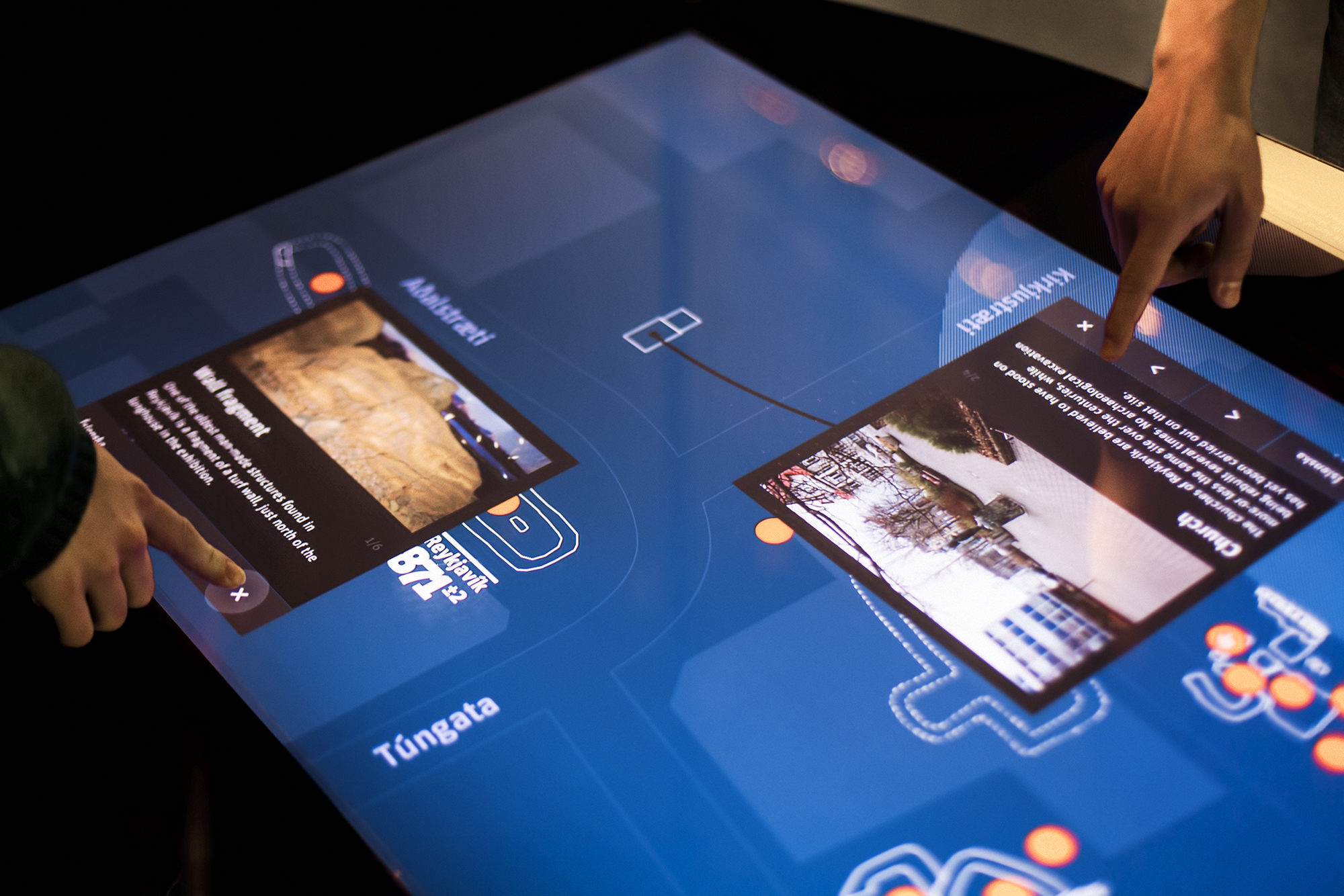In the past few years, the company known as Gagarín has been making a name for itself in the field of scenic experience, with its client base consisting mostly of corporations and institutions intent on crafting a media message and creating an interesting experience for their customers.
Author: María Kristín Jónsdóttir / Photographs: Gagarín
Examples of this include the Canadian Museum for Human Rights and the Eldheimar volcano museum in the Westman Islands – two projects that, while very different from one another, both employ interactive multimedia to encourage active participation from guests and deepen their understanding. We were curious about Gagarín’s visions, and paid them a visit, posing a few questions for their project manager, Ásta Olga Magnúsdóttir.
HA: You often employ unorthodox methods to encourage audience participation, in effect making the spectator part of the show. What’s the key to good scenic design, and how do you make use of your specialized knowledge to achieve the desired user experience?
A good storyline is essential to a good exhibit experience, and our special ability is the use of interactive multimedia to both deepen the experience and make it more memorable. Interactive multimedia enables us to transform exhibitions into a venue for active participation and play in a world of science, history, culture or art. We strive to present exhibits as attractive and user-friendly, all the while keeping in mind our true goal: to create as meaningful and memorable experience as we possibly can.
When creating interactive elements, we draw lots of inspiration from industrial and product design as well as architecture and the intellectual sciences, but the most important part is being able to view the exhibit from the human perspective. Spatial experience, tangibility and the possibility of communication are things we feel can greatly enrich an exhibition and give visitors the experience they’re looking for. We aspire to utilize man’s natural tendency to interact with objects and play. When the interaction is tangible, visitors can live the story and focus their attention on the storyline or the experience itself.
For example, at the Eldheimar exhibition in the Westman Islands, we worked with sand and shovels. If you dig into the sand, you’ll find pictures of the houses that were buried under the ash and lava of the Heimaey eruption of 1973. The sand is light and malleable, while at another exhibit at the same museum, we worked with weight. The time wheel, where visitors can learn about the lava flow, is a large circular table with a cinch that you can use to rotate the table, which is actually a three-dimensional map of the Westman Islands that changes as the table rotates. The circular shape and the placement of the wheel within the space means that you can stand at any point around the table and see it. When the table is rotated, the process begins, the 3D image moves, a rumbling can be heard accompanying the rotation and the geographical changes to the surface of the islands as the eruption progresses is made apparent. The cinch is actually a video scrubber, but it creates the illusion that the visitor is an active participant, with the heavy wheel standing in for the Earth’s crust. People tend to gravitate toward the wheel and help each other spin it as they discuss particular events…
Read the full interview in the first issue of HA magazine.

Eldheimar exhibition focuses on the volcanic eruption in Vestmannaeyjar 1973
